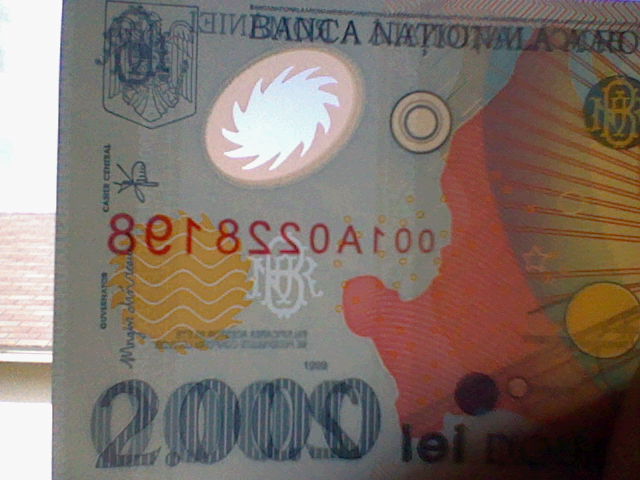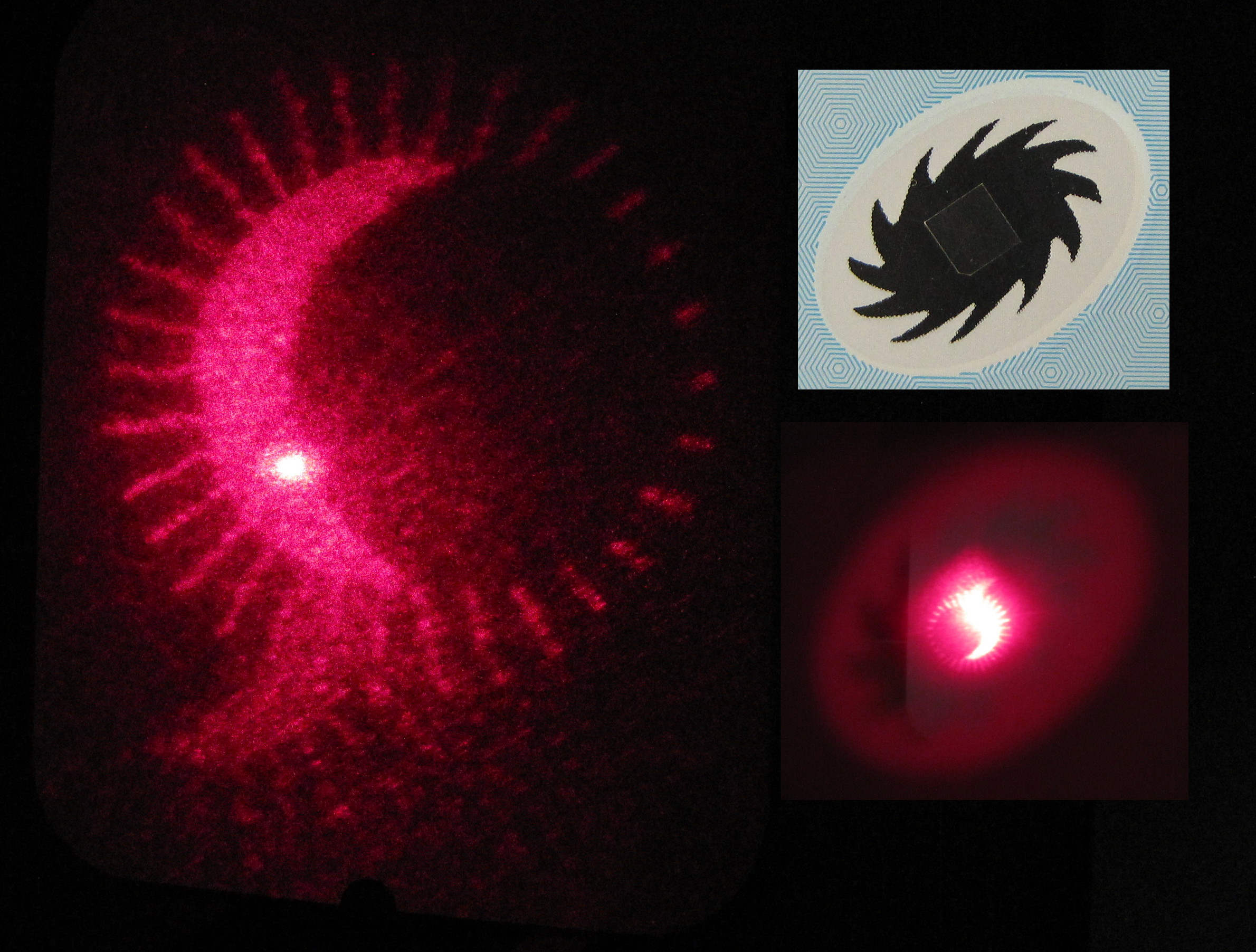Two thousand lei on:
[Wikipedia]
[Google]
[Amazon]

 In celebration of the Solar eclipse of August 11, 1999, total solar eclipse of August 11, 1999, the National Bank of Romania (BNR) decided to issue a commemorative two thousand Romanian lei banknote. This was the last solar eclipse of the millennium and was visible across southern Romania. Since it was the last eclipse of the millennium, the denomination was chosen to be ''2000'' in respect to the upcoming year. These notes were issued as legal tender.
In celebration of the Solar eclipse of August 11, 1999, total solar eclipse of August 11, 1999, the National Bank of Romania (BNR) decided to issue a commemorative two thousand Romanian lei banknote. This was the last solar eclipse of the millennium and was visible across southern Romania. Since it was the last eclipse of the millennium, the denomination was chosen to be ''2000'' in respect to the upcoming year. These notes were issued as legal tender.
"The Money Maker"
''Vivid'', 18 August 2006. Retrieved 6 July 2009 In observance of the coming millennium, the obverse of the note displays a rendering of the Solar System viewed from afar, showing all of the planets revolving around the Sun. The reverse of the note displays a map outline of Romania with the colors schemed to match the colors of the Romanian flag. The map marks the main points where the solar eclipse was visible in a path moving along the map from west to east. The notes were printed using offset printing, a commonly used printing technique where the inked image is transferred (or "offset") from a plate to a rubber blanket, then finally onto the printing surface.
 In celebration of the Solar eclipse of August 11, 1999, total solar eclipse of August 11, 1999, the National Bank of Romania (BNR) decided to issue a commemorative two thousand Romanian lei banknote. This was the last solar eclipse of the millennium and was visible across southern Romania. Since it was the last eclipse of the millennium, the denomination was chosen to be ''2000'' in respect to the upcoming year. These notes were issued as legal tender.
In celebration of the Solar eclipse of August 11, 1999, total solar eclipse of August 11, 1999, the National Bank of Romania (BNR) decided to issue a commemorative two thousand Romanian lei banknote. This was the last solar eclipse of the millennium and was visible across southern Romania. Since it was the last eclipse of the millennium, the denomination was chosen to be ''2000'' in respect to the upcoming year. These notes were issued as legal tender.
Design
The banknote was designed by the Romanian artist , who is credited with all Romanian banknote designs from the Romanian Revolution, 1989 Revolution until his death in 2017.Ioana Moldoveanu"The Money Maker"
''Vivid'', 18 August 2006. Retrieved 6 July 2009 In observance of the coming millennium, the obverse of the note displays a rendering of the Solar System viewed from afar, showing all of the planets revolving around the Sun. The reverse of the note displays a map outline of Romania with the colors schemed to match the colors of the Romanian flag. The map marks the main points where the solar eclipse was visible in a path moving along the map from west to east. The notes were printed using offset printing, a commonly used printing technique where the inked image is transferred (or "offset") from a plate to a rubber blanket, then finally onto the printing surface.
Main security features
Security features include: *Transparent window - special in specifically polymer notes. It is an open, clear and plastic window in the note which is hard to counterfeit. *Shadow image - includes the National Bank of Romania, BNR logo. This image can be seen when the banknote is held to the light (a chemical is used to opacify the polymer for the design). *See-through registration - optical see-through image on each side of the note to make sure it was not printed using a counterfeit, in which case it would not match and align *Printed thread - a black thread that can be seen when the note is held up to the light. *Transmission hologram - The transparent window includes a transmission hologram depicting the Moon eclipsing the Sun.Commemorative folder
In order to generate interest with currency collectors, the BNR also issued special commemorative folders with the banknotes. These were limited to 1 million pieces and each one contained a special, low-numbered banknote with the series''001A''.History
References
{{DEFAULTSORT:Two Thousand Lei (Romanian Banknote) Banknotes of Romania Two-thousand-base-unit banknotes